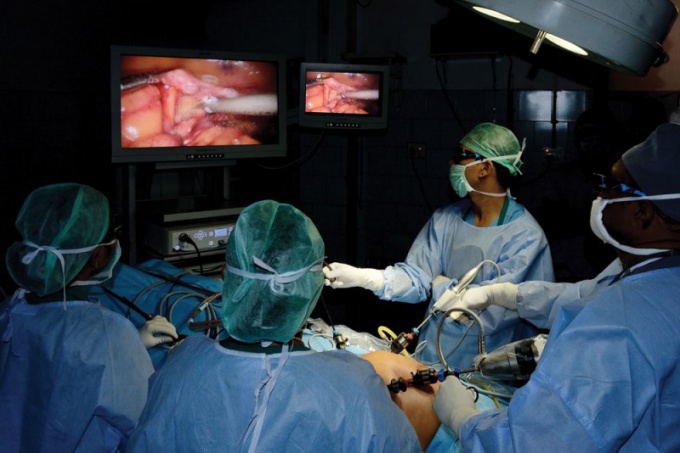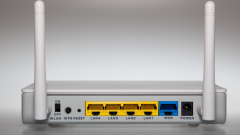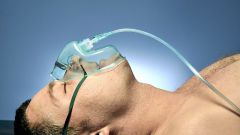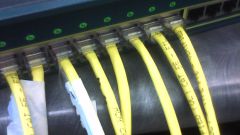Why the need for laparoscopy
If clinical laboratory studies, computed tomography, ultrasound or radiographic examination is not possible to identify the disease, doctors may resort to laparoscopy. Usually it is used in General surgery for the study of gallbladder, liver, intestines, Appendix, bile ducts. This method has proven itself and gynecology for the diagnosis of ovarian cysts, endometriosis, inflammatory processes in the pelvic area, ectopic pregnancy. In contrast to open surgery, laparoscopy is associated with minimal complications.
What are the advantages of laparoscopy
The short period of stay in hospital, low invasiveness, rapid recovery after surgery, no postoperative scarring and pain is only part of the benefits of laparoscopy. In addition, the instrument used for this type of surgery gives an increase up to 40 times. The object of study is like under the microscope that gives you the opportunity to see it at different angles and to establish the diagnosis as accurately as possible. Laparoscopic surgeries are accompanied by minimal blood loss. If surgical intervention is associated with gynecological problems, can not be afraid that you have to not plan for the pregnancy in the long term.
How to prepare for a laparoscopy
If gynecological surgery, you must make a General analysis of blood and urine tests to check clotting of blood and its biochemical composition. Are required studies for the detection of syphilis, HIV, hepatitis C and b, the smear of vaginal flora. Further held fluoroscopy, and ultrasound of the pelvic organs. If you have a chronic illness, you will need a General practitioner. In other cases, the training occurs in accordance with the recommendations of the attending physician, if necessary, are appointed of drugs.
Anaesthesia in laparoscopy
Often a laparoscopy is performed under General anesthesia, but depending on the procedure and possible regional (local) anesthesia. One of the features of General anesthesia – the need for tracheal intubation. In this case, the Airways are inserted tubes that allow free breathing and do not allow the residual contents of the stomach get into the lungs. Anesthetics during anesthesia may be an inhalation and non-inhalation.
Laparoscopy despite the seeming simplicity is surgery, so preparation for it must take place in strict accordance with the recommendations of the doctor, only in this case be no fear of complications and a long recovery period.









